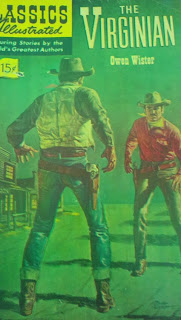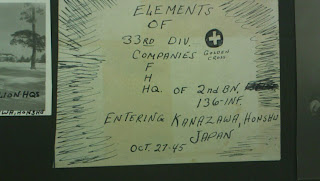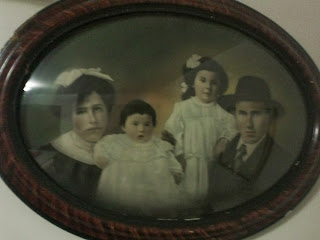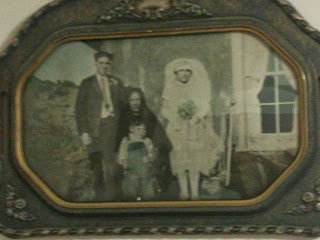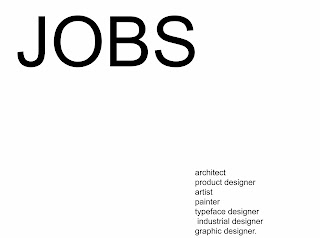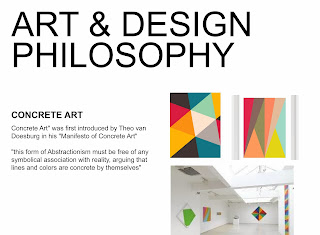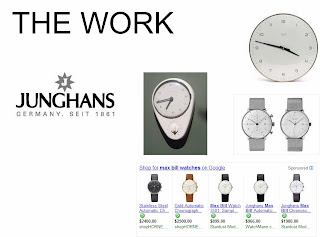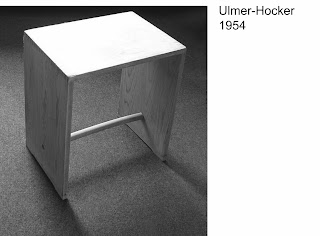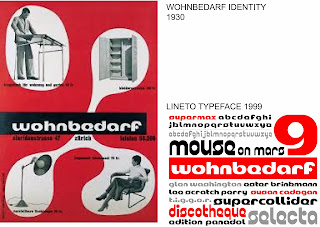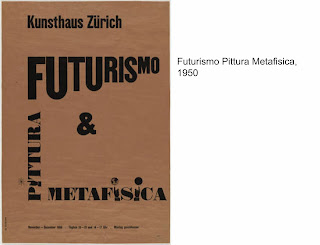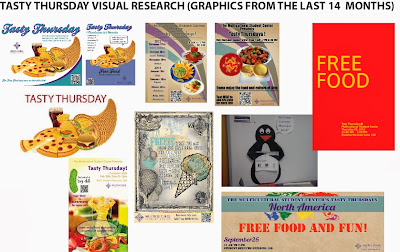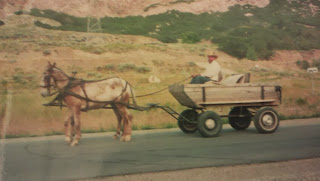
Design Theory Fall 2013 - Isaac
Chapter 7 part 2
For this last reading I just wanted to share some of my thoughts.
I found this chapter to be really beneficial in regards to the discussion of how technology affected design and about the design pedagogy debate among educators. I tend to agree that if learning were placed more on the learning of traditional hand skills more so than software or computer environments, it would be extremely more effective. All the time to make sense of the digital world I have to refer back to traditional artistic method helps me atleast to think my way through the digital space like molding clay, painting and drawing to figure out how something works on screen. Learning the real media has helped me so much in figuring my way out on screen.
The idea that graphic design is becoming less concerned with designing graphic and more so about designing graphics and more obsessed with the psychology of human experience is fairly exciting. I've always loved interaction design and design stragety. I remember the first few times I realized that design was teaching me how to do other things besides design pages, like effective organize my desk so I could work faster or figuring out the best place to put a piece of furnature so that it was out of the way but could be a conversation piece. Basically I think it'd be foolish to limit the profession to just creating printed (or digital) work in this fast changing world!
The idea about the audience having a role in the design process is likewise intriguing to me. I have noticed this in the way we are taught through critiques at school, that ideas come from the faceless mass and not the one designer who is working on the solution. Credit is due to no one for the great idea, maybe just to the designer for filtering out the ideas that wouldn't work, but over all the artifact is the result of the design process itself and many hands in the pot and not straight dictation of the original designer. This is really cool!
Lastly, I've always liked science so the idea that design becomes more scientific and research based in the future is also exciting. I like the idea that a designer has to play all these roles as mediator between so many different disciplines. Designers are artists, marketers, consultants, scientists , philosophers and a lot more that You'd think!
Chapter 7 Part 1
To find time to do this reading by converting the text to an audio file and listening to it while at work, driving etc. I found it helpful to listen to the audio twice and then skim back through while writing the summary. Below is some sample of the audio.
I do this by:
1. Scanning the pages (or taking high rez photographs) of the pages I need to read.
2. Converting the images to text with an OCR program (I use the ABBYY Finereader)
3. Plugging it in to tts software and saving as audio (I use the smartphone app EZPDF reader or TextSpeech)
4. I use a high quality voice so it doesn't sound like a computer is reading to me (Ivona kendra is a free option and works really really well).
Then whole process can be done in 10 minutes and I can save the audio file for use later on.
Swiss Design Project
Project Brief
OBJECTIVE
To design an event poster in the International Typographic Style for the Multicultural Student Center's Tasty Thursday November. Tasty Thursday is an event that shares food from each continent on the last Thursday of every month. Free food and the opportunity to learn more about the Multicultural Center's services.
MESSAGE
Tasty Thursday Africa will highlight the culture of Africa and food. The poster is to invite students to the event and tell them it's purpose, location, time, etc.
SENDER
The Multicultural Student Center is committed to planning, developing and implementing services, programs and interventions that foster the learning and personal development of the various students served. The Multicultural Student Center promotes a strong campus sense of common community and aids students in building essential skills for independent critical thinking and self-determination through in and out of classroom experiences. Furthermore, through collaborative efforts with university and community partners, the Multicultural Student Center provides educational efforts to promote multicultural sensitivity, awareness, competency, and understanding.
INFORMATION
Tasty Thursday Africa
11.21.13
11:00 AM - 2:00 PM
Student Services Building Suite 150
weber.edu/multicultural
8016267330
Free food and information.

OBJECTIVE
To design an event poster in the International Typographic Style for the Multicultural Student Center's Tasty Thursday November. Tasty Thursday is an event that shares food from each continent on the last Thursday of every month. Free food and the opportunity to learn more about the Multicultural Center's services.
MESSAGE
Tasty Thursday Africa will highlight the culture of Africa and food. The poster is to invite students to the event and tell them it's purpose, location, time, etc.
SENDER
The Multicultural Student Center is committed to planning, developing and implementing services, programs and interventions that foster the learning and personal development of the various students served. The Multicultural Student Center promotes a strong campus sense of common community and aids students in building essential skills for independent critical thinking and self-determination through in and out of classroom experiences. Furthermore, through collaborative efforts with university and community partners, the Multicultural Student Center provides educational efforts to promote multicultural sensitivity, awareness, competency, and understanding.
AUDIENCE
Under represented minority students both traditional and nontraditional students of Weber State University with multicultural backgrounds or an interest in culture of other peoples.
INFORMATION
Tasty Thursday Africa
11.21.13
11:00 AM - 2:00 PM
Student Services Building Suite 150
weber.edu/multicultural
8016267330
Free food and information.

Subscribe to:
Posts (Atom)




